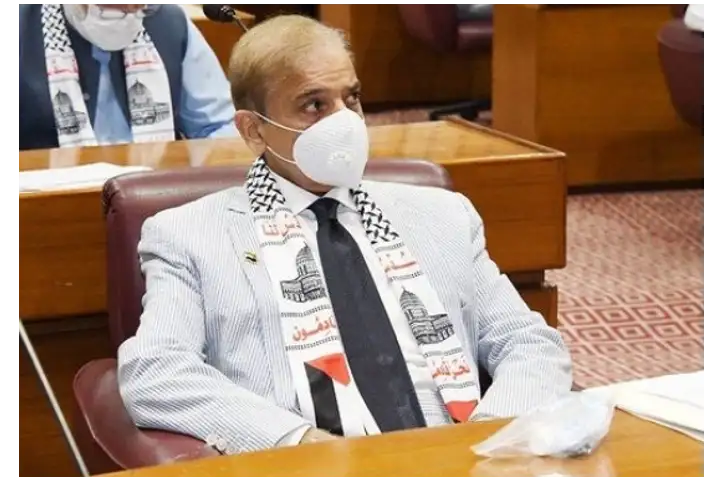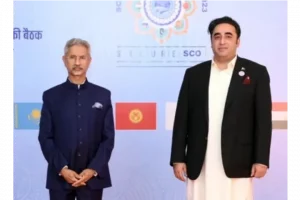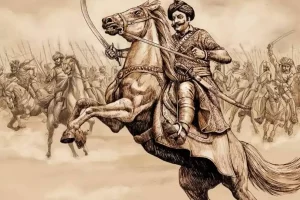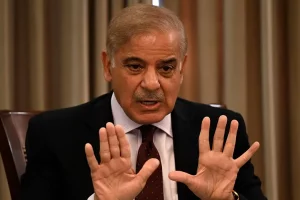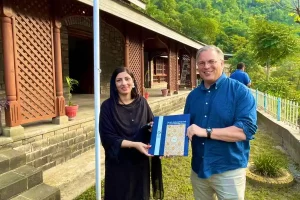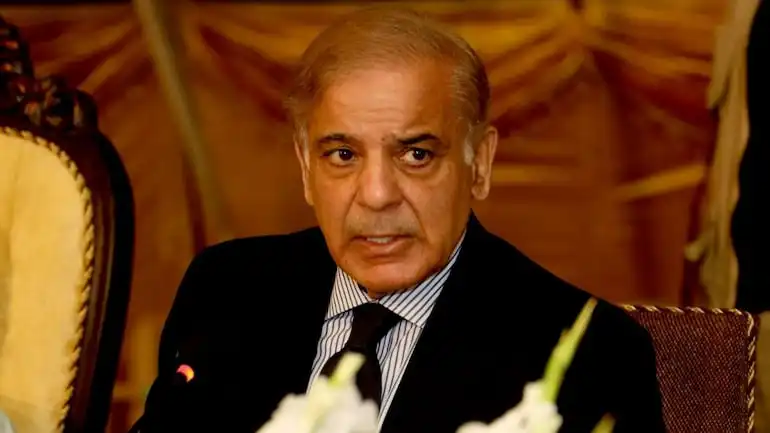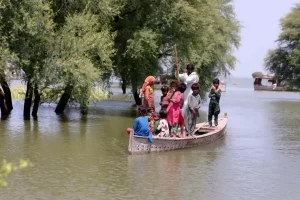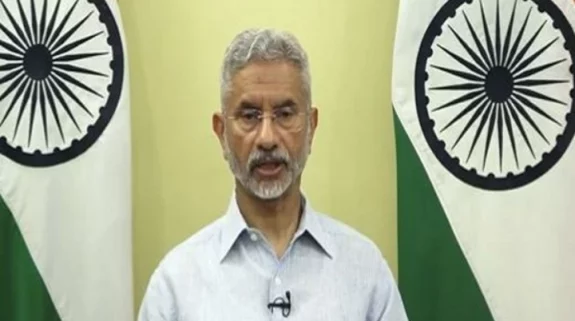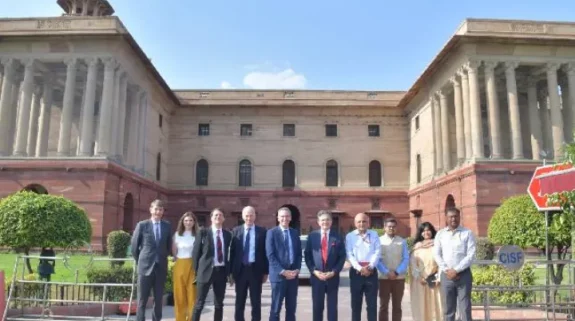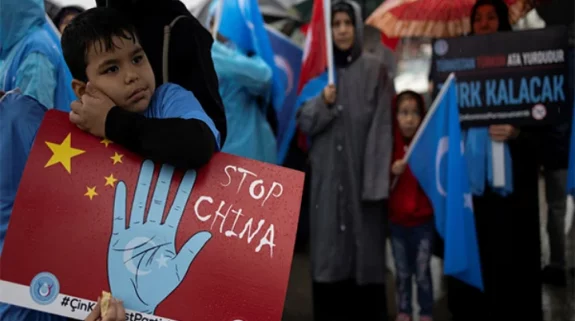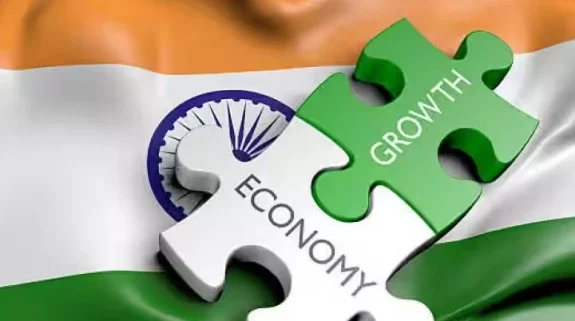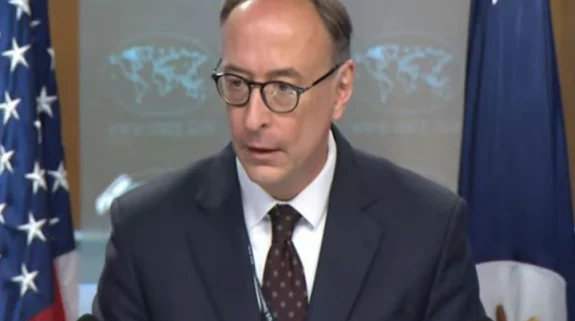Pakistan faces deep uncertainty as it begins a new financial year from tomorrow. The South Asian nation would require a staggering $23 billion in order to meet its foreign debt servicing requirements in 2022-23. Political instability, corruption and policy reversals no more make headlines in Pakistan. Battling an acute economic crisis with rapidly depleting foreign exchange reserves along with rising debt, inflation and unemployment, Islamabad needs an out of the box solution to fix the deep rooted problems and bring in a new socio-economic landscape.
A foreign policy analyst told India Narrative that Islamabad needs to show the courage to take the uncharted route if it is serious about fixing the economy. For one, trade and economic engagement with India is critical for Pakistan. “Economy has to be the focus and not politics,” he said.
Interestingly, India and the Taliban-led Afghanistan have also started engaging but Pakistan adamantly continues to be driven by the Kashmir issue when it comes to reengaging with New Delhi. India has been consistent in sending relief and aid material to Kabul since the beginning of the year.
Though business leaders in Pakistan have emphasised the need for Islamabad to resume trade with India, political masters have been averse to the idea. Despite acknowledging that India’s economy has “a bigger clout in the world than Pakistan,” the country’s former ambassador to New Delhi Abdul Basit, in a recent interview said that the move to lower diplomatic relations with India in 2019 was a “good” decision.
Pakistan, which has borrowed money 23 times earlier from the International Monetary Fund is once again in talks with the multilateral agency for a bailout package. It has also received financial assistance of $2.3 billion from China.
Will this be enough for Pakistan to steer out the crisis?
Analysts said that there will be “some respite” but this will not change the lives of the common Pakistanis.
Sushant Sareen, Senior Fellow, Observer Research Foundation, noted that most government expenses in Pakistan —subsidies, pensions, running of civilian government, development projects are being funded by taking on additional debt. He said that the situation will get worse in the next fiscal if interest rates rise to dampen inflation. “In any case, given that the rate of growth of total debt and liabilities is outstripping the GDP growth rate, it means Pakistan is now living off debt and is caught in a debt trap situation,” he added.
Inflation will also rise in the coming months as the Shehbaz Sharif government has increased fuel prices and taxes for large companies.
In 1971 Pakistan was 70 per cent richer than Bangladesh – when the latter was just born. Today Dhaka is 45 per cent richer.
In 2019 Karachi based newspaper Dawn said that Bangladesh sees its future in human development and economic growth. While in Bangladesh goal posts are set at increasing exports, reducing unemployment, improving health, reducing dependence upon loans, for Pakistan, “human development comes a distant second.”
Ahsan Iqbal, Pakistan’s Minister for Planning, Reforms and Special Initiatives said that the country could lose the gains of the past 25 years.
“Today we stand at another milestone of history with my generation losing the gains of the past 25 years. To me the central issue is how our children and their generation stand before history 25 years later in 2047 when Pakistan will celebrate its centenary. Will our next 25 years be like our past 25 years or will we make a break from history?” he wrote in an article published by the News.
Why does Pakistan want its citizens to drink less tea and more 'lassi'?






